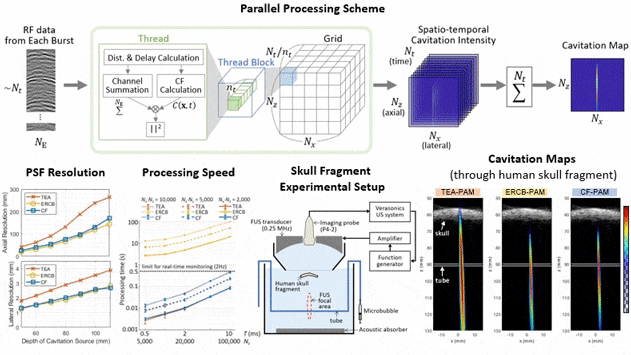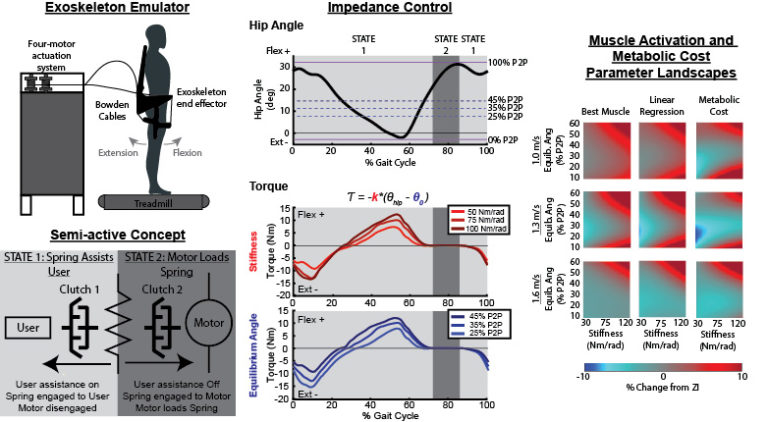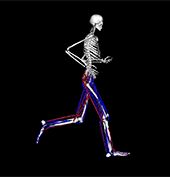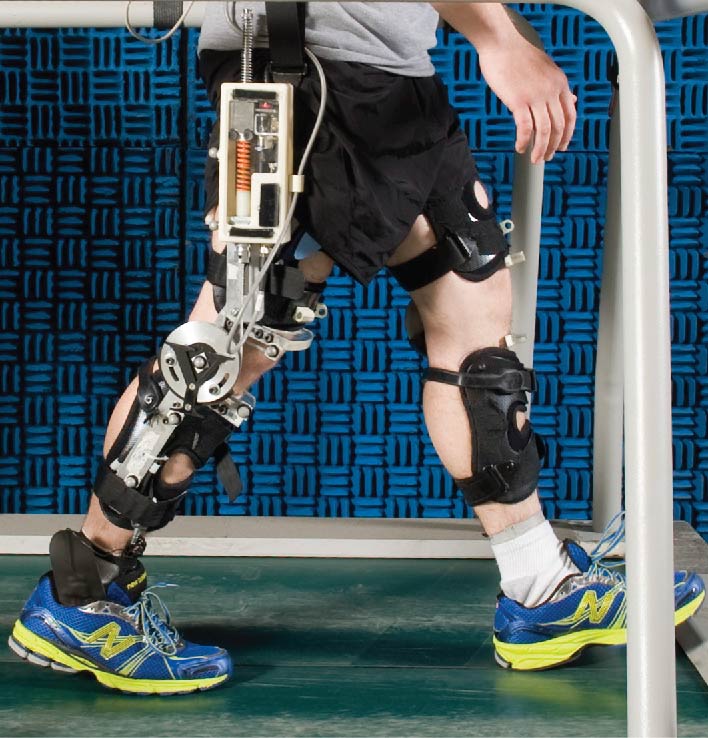Real-Time Passive Acoustic Mapping With Enhanced Spatial Resolution in Neuronavigation-Guided Focused Ultrasound for Blood–Brain Barrier Opening
https://www.embs.org/tbme/wp-content/uploads/sites/19/2023/09/TBME-00986-2022-Website-Image-R.gif
631
355
IEEE Transactions on Biomedical Engineering (TBME)
//www.embs.org/tbme/wp-content/uploads/sites/19/2022/06/ieee-tbme-logo2x.png
This study presents the real-time parallel processing of cavitation mapping with enhanced resolution and its performance and in vivo feasibility test results for blood-brain barrier opening using neuronavigation-guided focused ultrasound
read more




